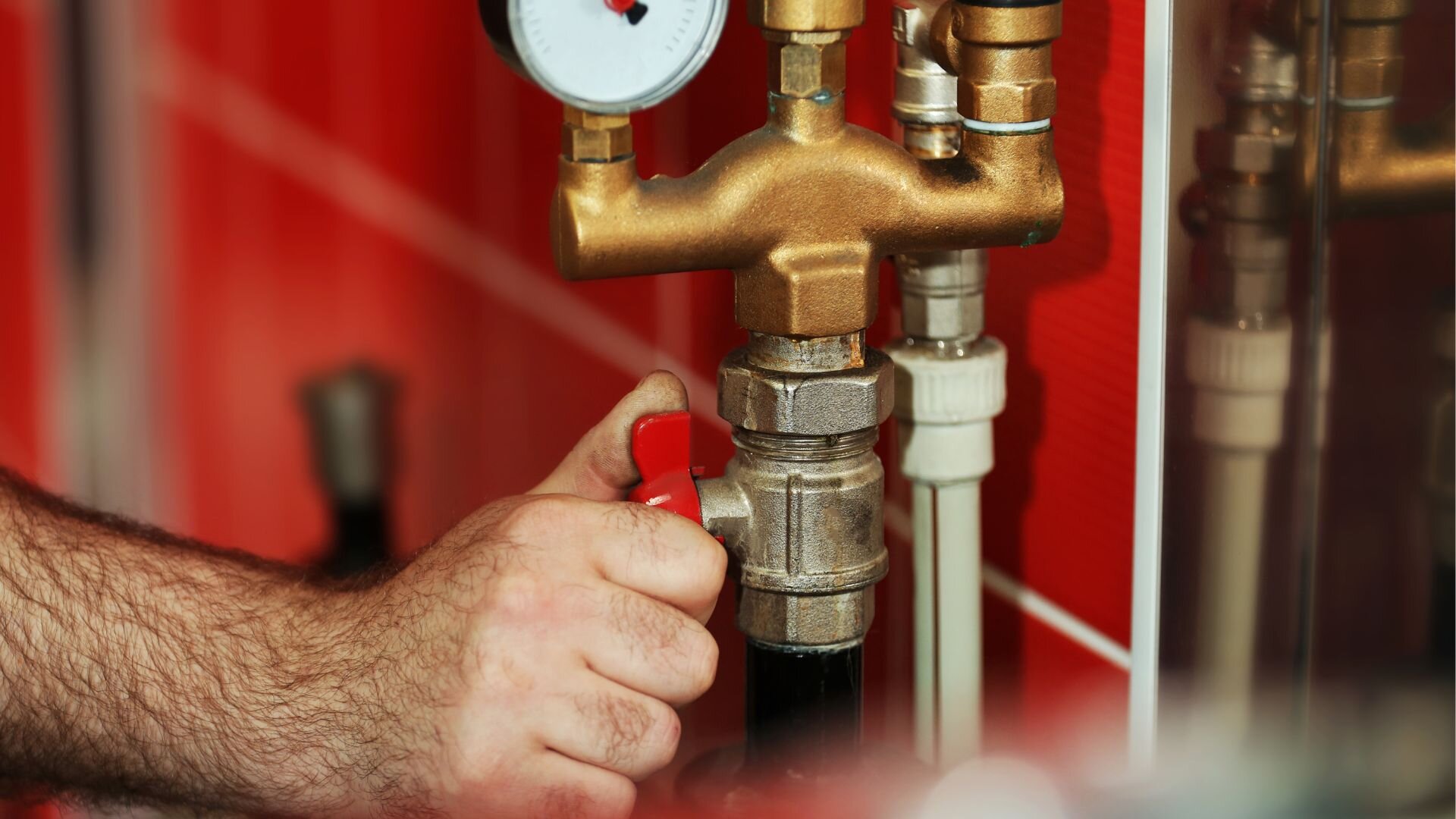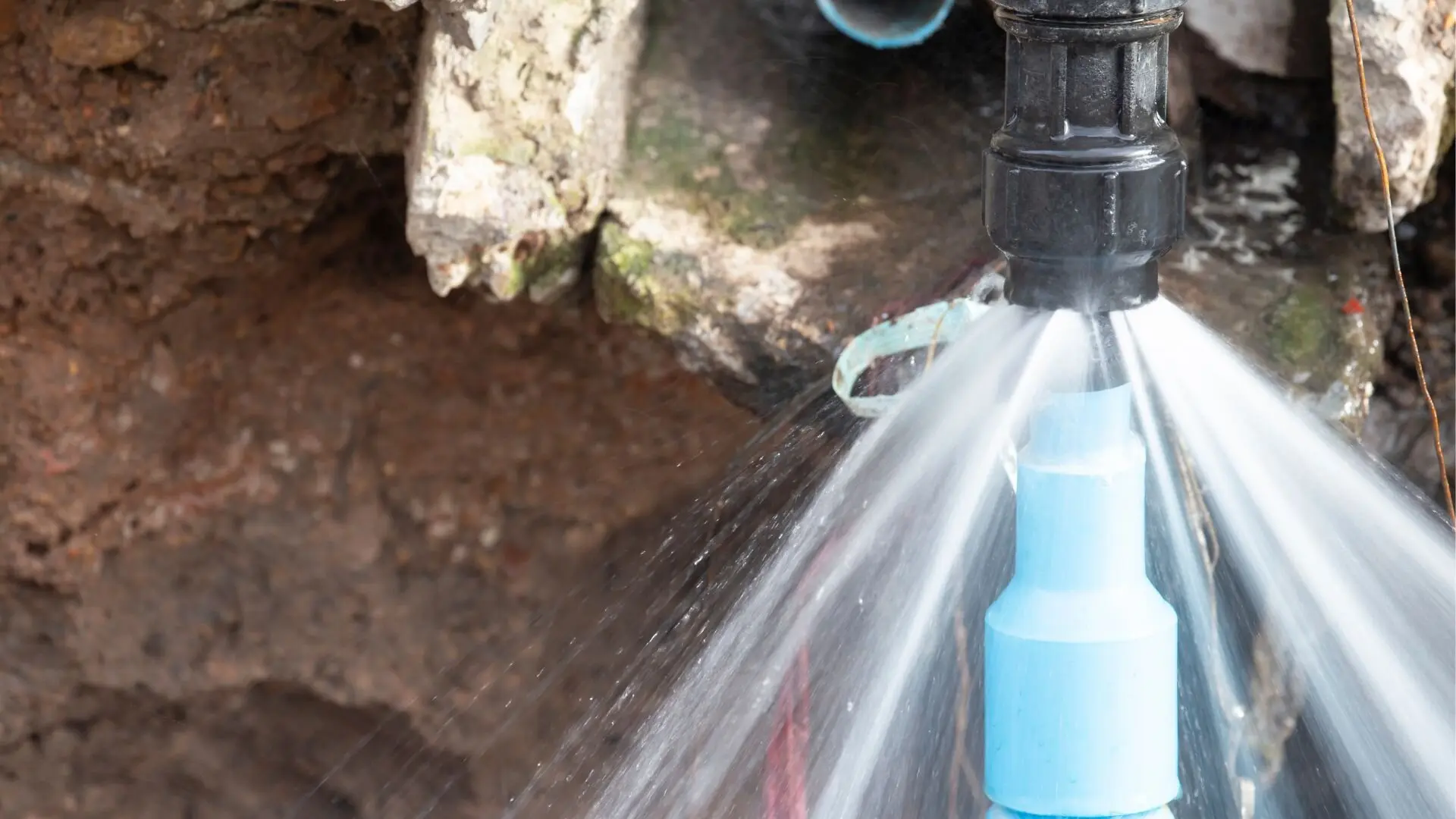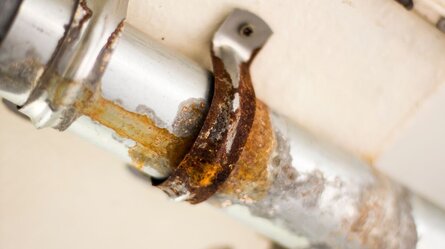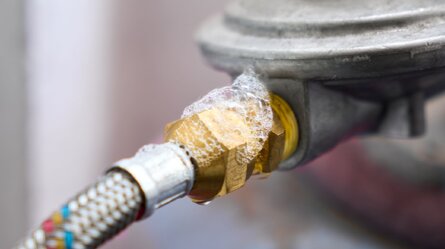Keeping your plumbing system in top shape is crucial for Aussie homeowners who want their appliances and fixtures to last. Yet, many often overlook the trusty pressure limiting valve (PLV). This small but mighty gadget is key in protecting your home from the harmful effects of too much water pressure.
While the pressure limiting valve may seem minor, its importance cannot be overstated. Neglecting to address a failing PLV can have far-reaching consequences, from water damage and costly repairs to prematurely replacing appliances and fixtures.
Knowing the signs that your PLV needs replacing can help you stay ahead, keep your plumbing intact, and avoid potential headaches later.
What is a Pressure Limiting Valve?

A pressure limiting valve, also known as a water pressure reducing valve, is designed to regulate and maintain a safe water pressure level within your home’s plumbing system. High water pressure can cause numerous problems, including leaks, water hammer (banging noises in pipes), premature appliance failures, and even burst pipes.
By installing a PLV, you can ensure that the water pressure entering your home remains within an acceptable range, typically between 150-500 kPa. This protects your plumbing system and extends the lifespan of your appliances, such as washing machines, dishwashers, and water heaters.
Signs Your Pressure Limiting Valve Needs Replacement
Like any mechanical component, pressure-limiting valves can wear down over time and may eventually need to be replaced. Here are some tell-tale signs that your PLV is failing and requires immediate attention and possible replacement:
Water Hammer or Banging Noises in Pipes
If you hear loud banging or hammering noises in your pipes when turning on faucets or appliances, it could be a sign of excessive water pressure caused by a malfunctioning PLV.
Leaks in Plumbing Fixtures or Appliances
High water pressure can cause seals and gaskets in faucets, showerheads, and appliances to wear out prematurely, leading to leaks and water damage.
Fluctuations in Water Pressure
If you experience sudden or frequent water pressure changes, especially when using several fixtures or appliances at once, it might be a sign that your PLV is acting up.
Reduced Water Flow or Low Water Pressure
If you notice a significant drop in water pressure throughout your home, it could be due to a failing PLV that is not regulating the pressure correctly.
Premature Appliance Failures or Damage
Excessive water pressure can strain your appliances unnecessarily, causing them to wear out faster than expected or potentially leading to costly repairs or replacements.
Visual Inspection
In addition to these signs, it’s also essential to visually inspect your pressure limiting valve for any signs of corrosion, leaks, or physical damage. If you notice any issues, it’s best to have a professional plumber assess the situation and recommend the appropriate course of action.
Age and Lifespan
Even if your PLV appears to function correctly, it’s essential to consider its age and lifespan. Most pressure-limiting valves have a recommended service life of around 5-10 years, depending on the quality of the product and the water conditions in your area. Replacing an aging PLV as a preventative measure can save you from potential headaches and costly repairs.
When Should You Replace Your PLV?
In general, it is recommended that your home’s pressure limiting valve (PLV) be replaced every 5 to 10 years, even if it appears to be functioning correctly. Most PLVs have a recommended service life of around 5-10 years, after which their performance and ability to regulate water pressure effectively can degrade. Replacing an aging PLV proactively can prevent potential issues and costly repairs.
Additionally, it should be replaced immediately if you notice any signs of wear, damage, or corrosion on the PLV during regular inspections or maintenance. A compromised PLV may not be able to adequately regulate water pressure, putting your plumbing system and appliances at risk of damage from excessive pressure.
Professional Assistance

While attempting a DIY replacement of your pressure limiting valve may be tempting, it’s crucial to seek professional plumbing services for this task. Improper installation or using an incorrect PLV can lead to further problems and potential damage to your plumbing system.
Licensed plumbers are equipped with the expertise and tools needed to properly size and install your new pressure limiting valve according to local rules. They can also inspect your whole plumbing system to spot any other issues.
Regular Maintenance and Inspection
Adopting a proactive approach through regular maintenance and inspections is important for ensuring your plumbing system’s continued efficiency, including your pressure limiting valve (PLV). This preventative measure offers several benefits:
- Early Detection: Professional plumbers can identify subtle signs of wear, corrosion, or potential failures before they escalate into major issues, allowing for timely repairs or replacements.
- Preventative Maintenance: Routine tasks like cleaning, adjusting, and flushing components can extend the lifespan of your plumbing system and avoid unexpected breakdowns.
- Cost Savings: Addressing minor issues early on is far more cost-effective than dealing with the consequences of significant damage or system failures.
- Peace of Mind: Regular inspections provide assurance that your plumbing system is functioning optimally, preventing unnecessary stress and frustration.
- Professional Guidance: Licensed plumbers can offer valuable recommendations tailored to your system and household needs, ensuring efficiency and regulation compliance.
Booking regular maintenance and inspections with a reputable plumber can keep your PLV and entire plumbing system in good nick. This small step can lead to longer-lasting appliances, lower repair costs, and peace of mind.

Local Regulations and Building Codes
It’s important to note that installing and replacing pressure-limiting valves may be subject to local regulations and building codes. A licensed plumber will be familiar with these requirements and can ensure that your system is compliant, preventing potential legal issues or fines.
Don’t Delay – Contact a Professional Plumber Today
If you’ve noticed any of the signs mentioned above or your pressure limiting valve is nearing the end of its expected lifespan, taking action promptly is crucial. Failing to replace a deteriorating PLV can result in expensive repairs, water damage, and avoidable stress.
Reach out to a trusted and licensed plumbing service in your area for a professional assessment and replacement of your pressure limiting valve. Proactive measures like this help maintain the efficiency and longevity of your plumbing system, safeguard your appliances, and provide lasting peace of mind.
If you are in Perth and need help with your pressure-limiting valve, contact our plumbing experts at Woolf Plumbing & Gas. We service many areas of Perth and are here to help!




